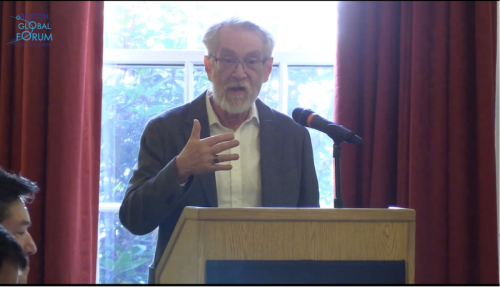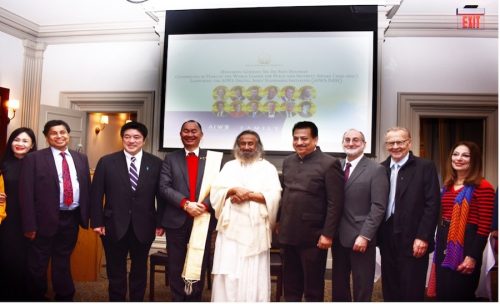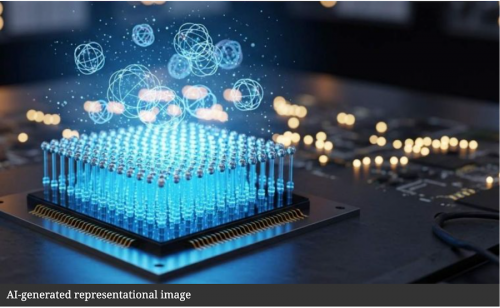The field of AI research was founded more than 50 years ago. In June of 1956, a few dozen scientists from all around the country gathered for a meeting on the campus of Dartmouth College. What they were talking about was how to build a machine that could think.
Many years later, in 2009, some of the pioneers of the field, joined by later generations of thinkers, were gearing up for a massive “do-over” of the whole idea. The new project was called the Mind Machine Project (MMP). Prof. Neil Gershenfeld, Director of MIT’s Center for Bits and Atoms, is one of the leaders of MMP. One of the project’s goals was to create intelligent machines — “whatever that means,” he recalled.
On May 15, 2019, at MIT’s Center for Bits and Atoms, Prof. Gershenfeld gave a keynote talk at the AI World Society Summit 2019 about the future of AI and how the digital world relates to the physical world – the boundary between them.
“It appears that we are in an AI revolution, but it is really important to be aware that we’re now in its fifth boom-and-bust cycle,” said Gershenfeld. The boom and bust cycle refers to the alternating phases of economic growth and decline. What he meant is that, “there are cycles where AI is going to solve all the problems and where AI is going to fail, and we have been through five of those”. What is different today, he explained, is thanks to the advances in computing technology, the computers have caught up to the capability of the brain in terms of the number of operations that can be performed.
Gershenfeld talked about two of the fathers of Computing, Alan Turing and John Von Neumann, emphasizing that Turing’s final study was about how genes give rise to form and Von Neumann’s final study was about self-replicating machines, how a machine can communicate its computation for its own construction. “Literally, the mother of all AI problems is the revolution of AI itself, how intelligence creates intelligence,” said Gershenfeld.
He considered finding representations being the heart of AI. “How to search data has not really changed. What AI algorithms do is to represent where is an interesting place to search. In the same sense, evolution searches over programs that create lives by finding the beautiful representation for the evolutionary search.”
He focused his talk on where we would be ahead of the scaling curve of AI. “We are really living through the third digital revolution”. The first two were digital computing and digital communication; in a nutshell, by digitalization, we can really perform reliable operations using imperfect devices.
The third digital revolution extends this insight into fabrication. He proposed that, with digital fabrication, we can digitalize not just the description of a design but also the materials that it is made from, in the same way that living systems are assembled from a small set of amino acids. A problem with today’s AI, he said, is that AI does not have a “body”, and with digital fabrication, we are getting closer to real AI.
Digital fabrication is challenging fundamental assumptions about the nature of work, money and government. It is a significant breakthrough and will have a big impact on shaping the future of AI. The full video of Professor Gershenfeld’s talk can be found here.










